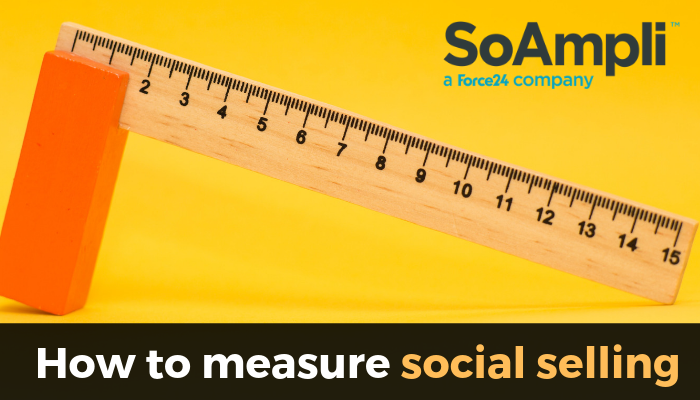Lead generation via social media has often been seen as a secondary goal by many businesses with some firms solely using channels to boost brand recognition and increase following.
While these goals can offer value in their own right – and shouldn’t be discounted in today’s evolving digital landscape – organisations can now access a multitude of metrics to identify sales opportunities and produce killer marketing messages, in order to move a customer from prospect to lead.
Therefore, social media is no longer simply an awareness-raising channel – it’s a tool to empower sales and marketing to work together and collaboratively engage with customers online, generating a healthy ROI.
By providing each department with an array of content ammunition – and using it to spark social conversations – companies can tap into highly relevant and extremely engaged audiences with timely comms. This strategy, also known as ‘social selling’, is pivotal for firms to further understand how profitable their online activity truly is.
But how is a digital presence measured? Here are four starting points for organisations to consider.
Set KPIs and objectives beforehand
When launching a social selling programme, having clear goals helps teams to stay on track. It’s a good idea to have both short-term KPIs – for example, percentage of active users and ‘accepted’ invites – and long-term goals relating to increasing online traffic, and achieving better brand recognition.
To begin with, businesses must activate their teams on social media, and educate staff in how to interact with prospects, in order to develop trust and loyalty.
Setting relevant objectives from the outset can enable departments to produce greater humanised, personalised experiences for customers, and foster long-term relationships.
Track everything
Whether measuring followers, connections or engagement, organisations must understand the right statistics, in order to enhance their comms for the desired audience.
Analysing key data enables firms to interact with the right people, at the best times, via their preferred channels – and, if not can go some way into providing the answers as to how they can better engage customers.
For sales teams, this is an opportunity to invest time into sharing valuable online content, reaching out to prospects via social media, and sourcing tailored content that strike the necessary chord. Each will help to drive new leads, re-engage cold customers and re-invigorate inbound requests.
Meanwhile, marketers can use tracking to allocate the desired resources needed for killer content creation – that is incredibly shareable – and continuously check insights for all their platforms. This enables the entire organisation to converse with their audience effectively.
Getting into these habits early on will help towards immediately increasing a company’s overall share of voice, building on referral traffic and encouraging customers to access gated content which offers ROI and crucial data capture.
Measuring reach and positioning
Simply put, it cannot be overlooked. Why? Because it’s important to analyse a piece of content’s extended reach – the amount of shares and retweets, for example – because they can provide a great indication into how well, or not, posts are being received by the desired audience.
It shouldn’t be used in silo though, it’s about understanding how impressions, the volume of online discussion and share of voice all play a small part in the overall marketing metrics, and the best practices teams can adopt, in order to push search visibility, awareness and interaction even further.
Promote sharing across the organisation
‘Posts per user’ data highlights how engaged in-house teams are – and which colleagues are sharing the most valuable content. An internal leaderboard encourages healthy competition between staff members too, and showcases the clicks, shares and reach achieved for every post.
Businesses can further empower staff value by introducing an Employee Advocacy Programme to keep conversations alive with prospects and leads.
It’s important to tap into the power of people – and how they possess a deeper understanding of consumer needs, as well as the type of digital communications they want to interact with.
Connecting marketing with sales provides a more streamlined, effective customer journey by offering teams access to fresh content – which is 100% on-brand and in-line with company guidelines – to help reach thousands of contacts, and provide a clear overview of the impact they are generating.
A social selling platform – when integrated with a company’s data tool, such as Google Analytics – enables brands to clearly identify which posts deliver the most traffic to the website, what conversations have been reignited as a result, and ultimately, how much business has been brought in to bolster ROI.
If you’re interested in empowering your teams to work together, and generate leads via social media, email: info@soampli.com or call 0845 2725990. Make sure you also connect with us via Twitter, Facebook, LinkedIn and Instagram.







